Alfresco 3 Records Management is the first book totally dedicated to the Alfresco Records Management module. The book is written by Dick Weisinger and published by Packt Publishing.
The Alfresco Records Management module is a specific plugin of Alfresco that allows you to manage documents, images and other contents using an unique platform that is certified for the DOD 5015.2 Standard.
Thanks to this module now Alfresco can manage not also contents but you also manage the lifecycle for contents.
This book is written for records managers, business analysts and developers that need to implement an ERM application for their needs.
The book starts showing a great overview of Records Management introducing the most known definitions and scenarios. This first section is very well written and easily brings readers into the ERM world.
In the next section readers will learn how to install Alfresco using the Windows installer and how is built the Records Management Dashlet describing directly all the WebScripts implementation in this Share dashlet.
I think that this type of sections could confuse the readers that are not skilled on this types of implementations. A little introduction on WebScripts is not a right way to introduce a Share dashlet to readers with many details about scripts and templates.
After this strange direction, the book return in the right way, talking about the Management Site in Share and about some of the standards features of the module showing the configuration settings.
In the next sections readers learn more about the Alfresco Content Model and the author clearly describes all the available types, properties, associations and constraints that can be declared in Alfresco.
The book is focused on Share and for this type of customizations, readers will find how to configure the Share client to show the new model for viewing and editing. There also is a good overview of the specific Alfresco DoD 5015 content model that can be useful to understand before starting to extend it.
The core of the book starts from here and it is the chapter about how to create a FilePlan for your repository and after an overview of the specification, the author suggests some tips about the tipical structures of a FilePlan that can be followed by the readers. This is the same concept that is behind the content model of Alfresco against the space structure of the repository, it could be more than one way to follow for your implementation.
In this same chapter readers will find a great overview of how they can customize the Share module for their needs, the author describes how this client is done using the Surf framework. So a reader can understand how Alfresco has implemented a feature in Share and then he could extend it for his needs.
Another great chapter is dedicated to filing, here the author explains concepts behind the filing process and shows all the available ways in Alfresco to execute this operation.
The final step of the core of the book is a chapter dedicated to how to manage records, and here the author describes very clearly what are all the operations that can be executed using this module on your contents. He also explains how to manage the lifecycle for records showing all the features and configuration snippets. For all these sections readers will find a good overview about how to extend this features in the Share client.
The last chapters are dedicated to advanced searches and how to configure permissions for all the users that will use the RM module.
All the book follows a pragmatic approach that can be considered winning, starting from the scenario, installation, configuration and analisys. I think that this is a good work and it is indeed a very valuable contribution for those who want to implement an ERM application based on Alfresco.
A sample chapter is freely provided by Packt Publishing and you can take a look at all the content in the book using the table of contents.
I would like to thank Packt Publishing to provide me a printed copy of the book.

